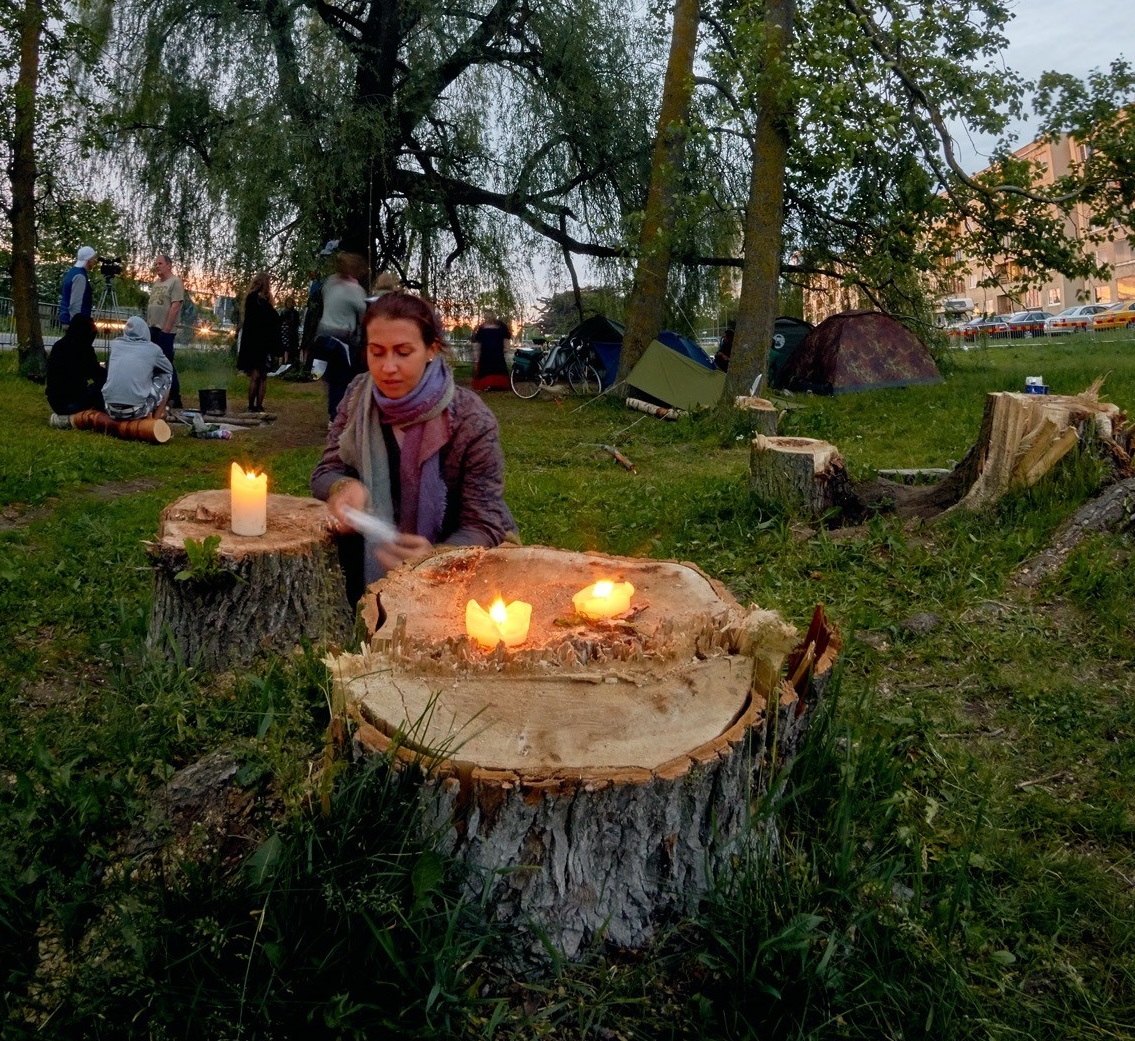Urban nature
There is a natural need for people to be in an environment surrounded by greenery and biodiversity – it lifts the mood and provides opportunities for movement; in addition, trees improve the air quality and stabilise the air temperature [1].
A city is a completely unique environment that offers different eco-niches compared to the rest of nature. In the city, we primarily see species that have adapted to take advantage of the built environment. A large number of animal groups, including rodents, gulls, but also bears, for example, feed on human food remains in cities. In Estonian settlements, foxes and raccoon dogs are common wild animals.

However, some species may be extremely unsuitable for the urban environment. Wild animals can spread various diseases, and an animal that enters a city can endanger itself, people, and domestic animals. If a large wild animal (such as a moose) enters the city, you should call the state helpline at 1247.
The desire to increase wildlife in an urban environment can also have repercussions – for example, the flowering of wind pollinator species causes problems for allergy sufferers, which is why both ecosystem services and their disservices must be taken into account when planning urban spaces. However, a more serious challenge is the decline of biodiversity – habitat destruction, depletion, and fragmentation – associated with the urban sprawl. For example, European cities have seen a decline in the number of urban bats due to the felling of hollow trees, the renovation of old buildings, and the disturbing of wintering animals. The local flora and fauna are also repelled by cosmopolitan, synanthropic alien species – the Eurasian red squirrel is in danger of being repelled and infected with a parapoxvirus by the Eastern grey squirrel, who fortunately has not yet arrived in Estonia.
The well-being of the people of the cities themselves, as well as of many species, depends on the success of supporting biota in cities, especially in the new districts.
Further reading
See also
Last modified: 13.01.2022
Text: Kristjan Piirimäe
Editors: Sigrid Ots, Reigo Roasto
_______________________________________________________________________________
[1] D. J. Nowak, D. E. Crane, J. C. Stevens. Air pollution removal by urban trees and shrubs in the United States. Urban Forestry & Urban Greening: 4/2006, 5-123.